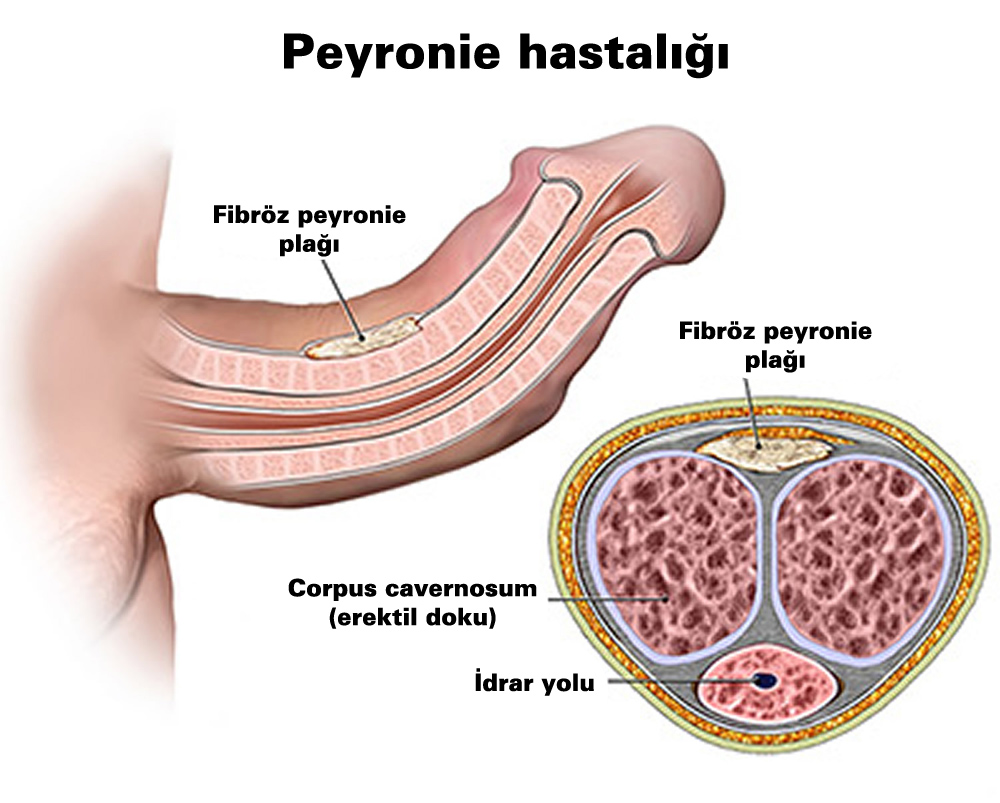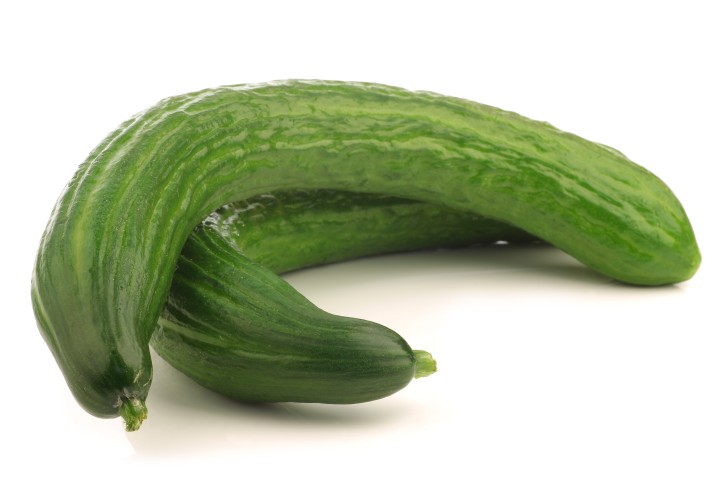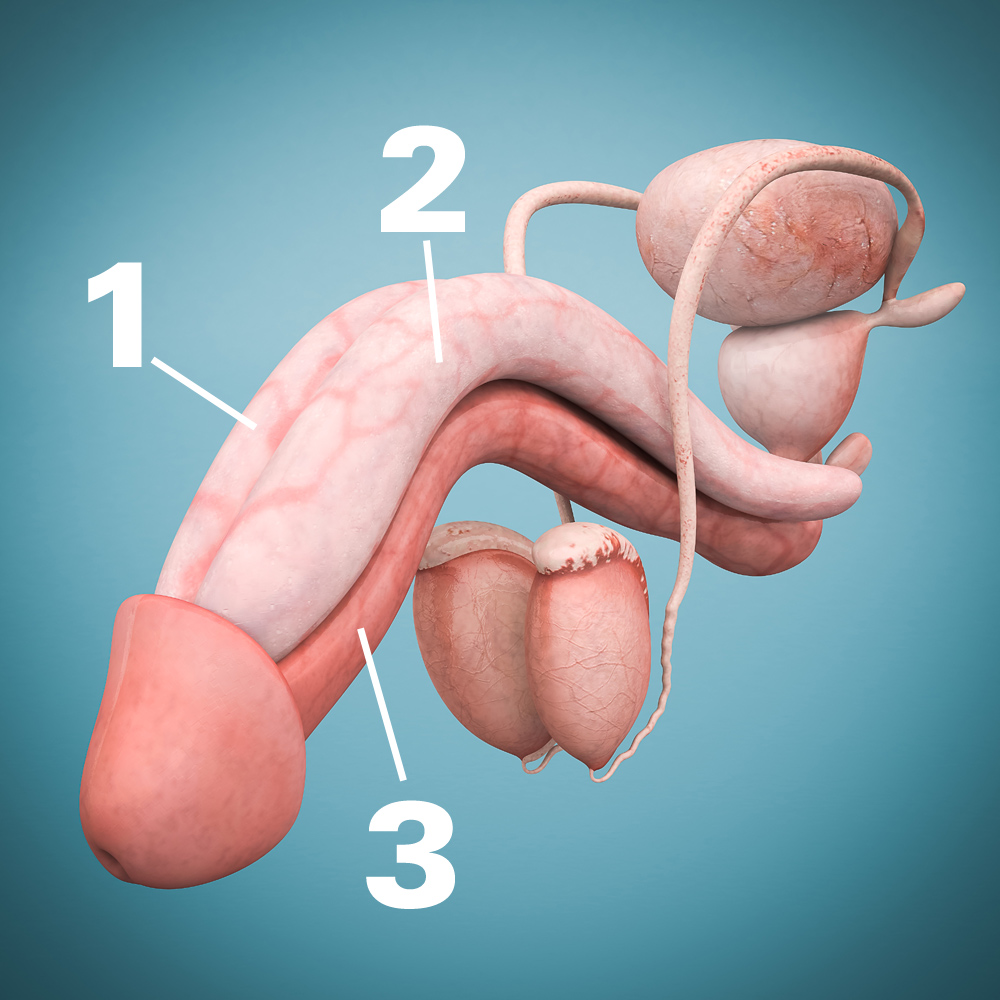
 Click here for phone consultation and appointment. You will meet directly with Dr. Oytun İdil.
Click here for phone consultation and appointment. You will meet directly with Dr. Oytun İdil.

 Curvature of the penis can occur for a number of reasons.
Curvature of the penis can occur for a number of reasons.
- from the east
- Adult acquired (peyronie)
- Due to hypospadias
- Associated with epispadias
- Due to traumas
- Due to frequent injections into the penis
- Due to chronic inflammation of the urinary tract
- Frequent and prolonged use of a urinary catheter
- Due to inflatable penile implants...
 Although the procedures performed in general are similar, the procedures performed are different, especially since the causes of curvature in adults and congenital curvatures are different.
Although the procedures performed in general are similar, the procedures performed are different, especially since the causes of curvature in adults and congenital curvatures are different.
 The most common cause we encounter in the clinic is acquired penile curvature in adults, that is, Peyronie's disease. In this disease, the patient did not have any complaints such as penile curvature in the past. Generally, there is a curvature that develops between the ages of 40-60.
The most common cause we encounter in the clinic is acquired penile curvature in adults, that is, Peyronie's disease. In this disease, the patient did not have any complaints such as penile curvature in the past. Generally, there is a curvature that develops between the ages of 40-60.
 In this disease, hard fibrotic areas are formed in the hard white layer (tunica albuginea) that covers the body tissues of the penis and in the 3 erectile tissues that make up the penis. These hardness can usually be felt by hand. In erection, they cause curvature of the penis. In very advanced cases, blood circulation may decrease in the parts beyond these hardnesses (peyronie's plaques) and there may be a condition of remaining soft in these parts during erection. For example, if the blood circulation of the glans penis is reduced in advanced cases, it is observed that the glans remains soft during an erection. Peyronie's plaques may calcify in advanced cases. If fibrosis has progressed to the spongy tissue, it may also cause strictures and irregularities in the urinary tract. In such advanced cases, the plaques may not be completely cleared in the surgery, because when you try to remove the plaque that has advanced to the deep tissues, you will see that the body of the penis has thinned. Plaques that have progressed to deep tissues cannot therefore be completely removed. In this case, we thin the plaque by cross-drawing the remaining plaque tissues (like a lozenge pattern).
In this disease, hard fibrotic areas are formed in the hard white layer (tunica albuginea) that covers the body tissues of the penis and in the 3 erectile tissues that make up the penis. These hardness can usually be felt by hand. In erection, they cause curvature of the penis. In very advanced cases, blood circulation may decrease in the parts beyond these hardnesses (peyronie's plaques) and there may be a condition of remaining soft in these parts during erection. For example, if the blood circulation of the glans penis is reduced in advanced cases, it is observed that the glans remains soft during an erection. Peyronie's plaques may calcify in advanced cases. If fibrosis has progressed to the spongy tissue, it may also cause strictures and irregularities in the urinary tract. In such advanced cases, the plaques may not be completely cleared in the surgery, because when you try to remove the plaque that has advanced to the deep tissues, you will see that the body of the penis has thinned. Plaques that have progressed to deep tissues cannot therefore be completely removed. In this case, we thin the plaque by cross-drawing the remaining plaque tissues (like a lozenge pattern).

 In addition to curvature, hard plaques and erectile dysfunction, Peyronie's disease can also deform the penis. For example, some parts of the penis, such as an hourglass, may become thin and look like a hunchback; or S-shaped curvatures may develop. The shortening of the penis over time may also be due to peyronie's plaques.
In addition to curvature, hard plaques and erectile dysfunction, Peyronie's disease can also deform the penis. For example, some parts of the penis, such as an hourglass, may become thin and look like a hunchback; or S-shaped curvatures may develop. The shortening of the penis over time may also be due to peyronie's plaques.
 Patients may avoid sexual intercourse for reasons such as curves and erectile dysfunction. This may lead to peyronie's progression. If the patient is injecting the penis for an erection, he should not do this. Needles made into the erectile tissue increase fibrosis. The patient should not abstain from sexual intercourse; Even if there is pain, the patient should be supported to have sexual intercourse. There is a chance that Peyronie's patches will disappear on their own (according to some articles, 50% within the first year after symptoms begin).
Patients may avoid sexual intercourse for reasons such as curves and erectile dysfunction. This may lead to peyronie's progression. If the patient is injecting the penis for an erection, he should not do this. Needles made into the erectile tissue increase fibrosis. The patient should not abstain from sexual intercourse; Even if there is pain, the patient should be supported to have sexual intercourse. There is a chance that Peyronie's patches will disappear on their own (according to some articles, 50% within the first year after symptoms begin).
 If Peyronie has started to have pain, if it has caused curvature and erection problem to make sexual intercourse difficult, surgery should be performed. Generally, 10% of the diagnosed patients must be operated.
If Peyronie has started to have pain, if it has caused curvature and erection problem to make sexual intercourse difficult, surgery should be performed. Generally, 10% of the diagnosed patients must be operated.

 Several procedures are performed in the surgery:
Several procedures are performed in the surgery:
 1 - Intervention with plaques: Hard fibrous bands should be completely removed if possible. If the remaining tunica albuginea defect is large, it should be repaired. The plaques may be very wide and deep, and may have advanced into the erectile tissues. In this case, either the plaques are completely removed and if the erectile tissue loss is excessive, a penile prosthesis is placed, or the wide and deep fibrous plaques are not completely removed and weakened by incision and cross-drawing. Such wide and deep plaques are usually seen in patients who inject drugs into the penis to maintain an erection for many years. The vascular-nerve package passing through the dorsal part of the penis should be protected while the plaques are being treated.
1 - Intervention with plaques: Hard fibrous bands should be completely removed if possible. If the remaining tunica albuginea defect is large, it should be repaired. The plaques may be very wide and deep, and may have advanced into the erectile tissues. In this case, either the plaques are completely removed and if the erectile tissue loss is excessive, a penile prosthesis is placed, or the wide and deep fibrous plaques are not completely removed and weakened by incision and cross-drawing. Such wide and deep plaques are usually seen in patients who inject drugs into the penis to maintain an erection for many years. The vascular-nerve package passing through the dorsal part of the penis should be protected while the plaques are being treated.

 2 - Corpoplasty: If there is curvature in the penis, if the hard peyronie plaques are not too wide, if there is no shortening or erectile dysfunction, corpoplasty is performed to correct the curvature. There are many surgeries described for corpoplasty. . The most common procedure is plicating the white layer described by Nesbit. On the opposite side of the side where the penis is curved, a series of stitches are made on the sheath of the penis in the form of a pinch, which stretches the sheath. In this way, the curvature can be corrected. In this surgery, the penis can be shortened by 0.5 - 1 cm.
2 - Corpoplasty: If there is curvature in the penis, if the hard peyronie plaques are not too wide, if there is no shortening or erectile dysfunction, corpoplasty is performed to correct the curvature. There are many surgeries described for corpoplasty. . The most common procedure is plicating the white layer described by Nesbit. On the opposite side of the side where the penis is curved, a series of stitches are made on the sheath of the penis in the form of a pinch, which stretches the sheath. In this way, the curvature can be corrected. In this surgery, the penis can be shortened by 0.5 - 1 cm.
 3 - Penile implant placement: If the fibrous plaques are very large and deep, some of the erectile tissue may also need to be removed. In this case, it may be necessary to replace the diminished erectile tissue at the end of the surgery with a penile prosthesis to provide erection. This is only necessary in extreme cases.
3 - Penile implant placement: If the fibrous plaques are very large and deep, some of the erectile tissue may also need to be removed. In this case, it may be necessary to replace the diminished erectile tissue at the end of the surgery with a penile prosthesis to provide erection. This is only necessary in extreme cases.
 The reason for congenital curvatures is very simple. The penis is actually an organ composed of 3 spongy tissues. If there is a developmental difference between these 3 structures during the development of the baby, the penis is curved to the side of the underdeveloped and short part. The thing to do is to shorten the long part slightly by placing a series of pinch stitches on the sheath of the long part (Nesbit surgery). At the end of this surgery, there may be a shortening of 0.5-1.0 cm in the length of the penis. It is usually the most common technique and gives the best results.
The reason for congenital curvatures is very simple. The penis is actually an organ composed of 3 spongy tissues. If there is a developmental difference between these 3 structures during the development of the baby, the penis is curved to the side of the underdeveloped and short part. The thing to do is to shorten the long part slightly by placing a series of pinch stitches on the sheath of the long part (Nesbit surgery). At the end of this surgery, there may be a shortening of 0.5-1.0 cm in the length of the penis. It is usually the most common technique and gives the best results.

 Another method is to make a series of incisions on the short part (ie the part on the side of the curvature of the penis), the sheath of the tissue, and try to lengthen it.
Another method is to make a series of incisions on the short part (ie the part on the side of the curvature of the penis), the sheath of the tissue, and try to lengthen it.
 Some very rare causes of congenital penile curvature may be underdeveloped urinary tract, insufficient penile skin, fibrous formations (chordee) in the erectile tissue in the lower part of the penis. In such cases, it is necessary to plan the treatment according to the cause.
Some very rare causes of congenital penile curvature may be underdeveloped urinary tract, insufficient penile skin, fibrous formations (chordee) in the erectile tissue in the lower part of the penis. In such cases, it is necessary to plan the treatment according to the cause.

 After these surgeries, the dressing is not opened for 3 days. On the third day, we open the dressing. During the recovery period, the patient is given a drug that interrupts the erection, so that the penis heals before it becomes erect (without forcing the stitches). Our recommendation is to use drugs that stop an erection for at least 3 weeks and to avoid intercourse for 6 weeks.
After these surgeries, the dressing is not opened for 3 days. On the third day, we open the dressing. During the recovery period, the patient is given a drug that interrupts the erection, so that the penis heals before it becomes erect (without forcing the stitches). Our recommendation is to use drugs that stop an erection for at least 3 weeks and to avoid intercourse for 6 weeks.
 The surgical criterion in congenital penile curvature is whether the curvature makes it difficult to have intercourse. If the curvature is not excessive and does not make intercourse difficult, surgery is unnecessary. Remember that almost everyone has a slight curvature to the right, left, up or down. If there is no problem in having intercourse, there is no need for surgery.
The surgical criterion in congenital penile curvature is whether the curvature makes it difficult to have intercourse. If the curvature is not excessive and does not make intercourse difficult, surgery is unnecessary. Remember that almost everyone has a slight curvature to the right, left, up or down. If there is no problem in having intercourse, there is no need for surgery.
 We would like some photos of patients with penile curvature, taken from several different angles of erection, that show the curvature well, when they come to the examination before surgery. It is very important to see the curve in its natural state. If we can see the curvature in its natural state, we can put the stitches that will correct the curvature more accurately. Therefore, it is very important that the patient comes with photographs.
We would like some photos of patients with penile curvature, taken from several different angles of erection, that show the curvature well, when they come to the examination before surgery. It is very important to see the curve in its natural state. If we can see the curvature in its natural state, we can put the stitches that will correct the curvature more accurately. Therefore, it is very important that the patient comes with photographs.